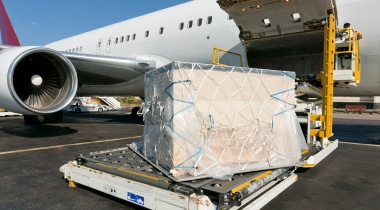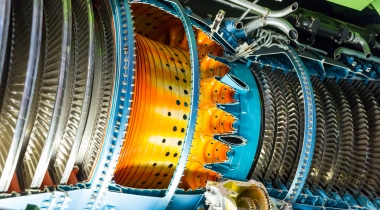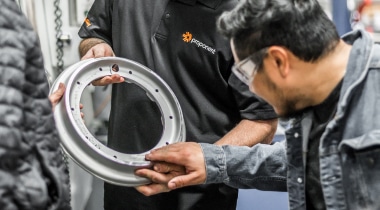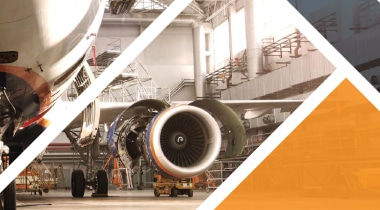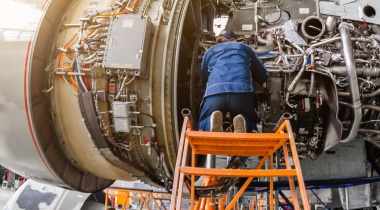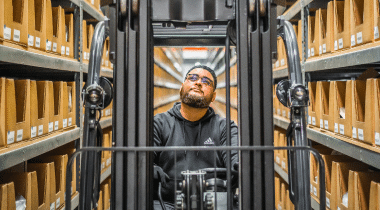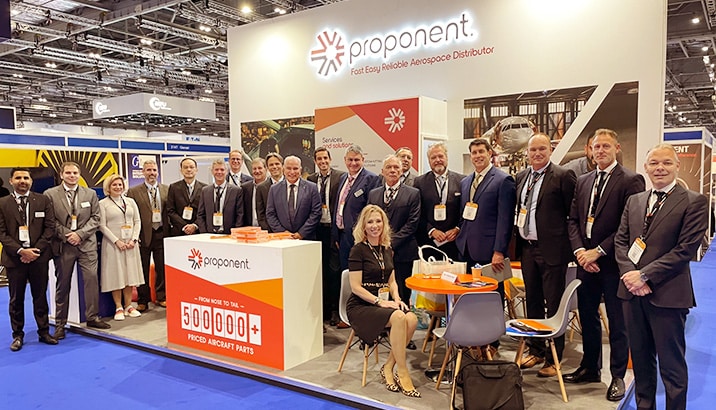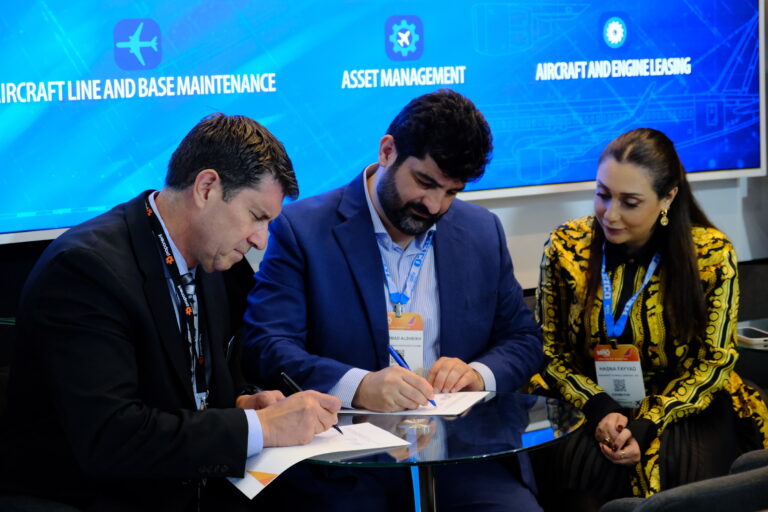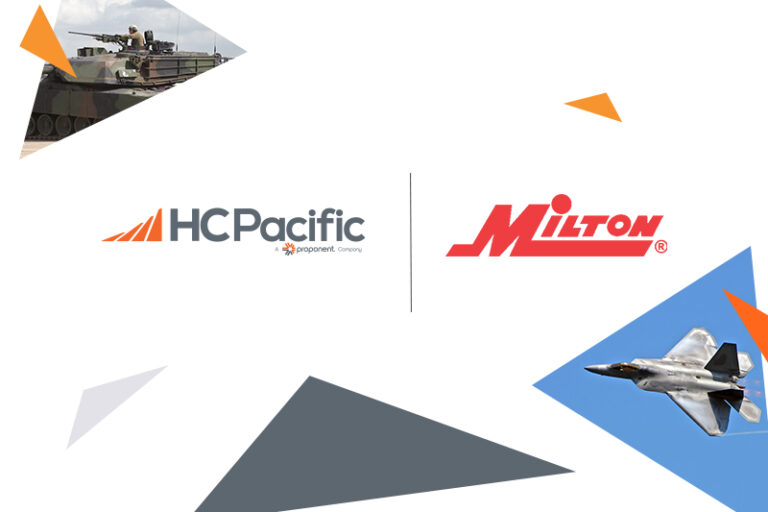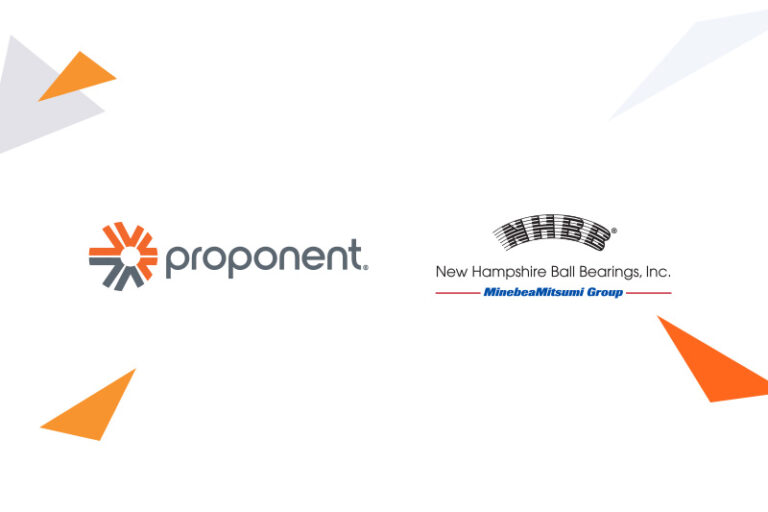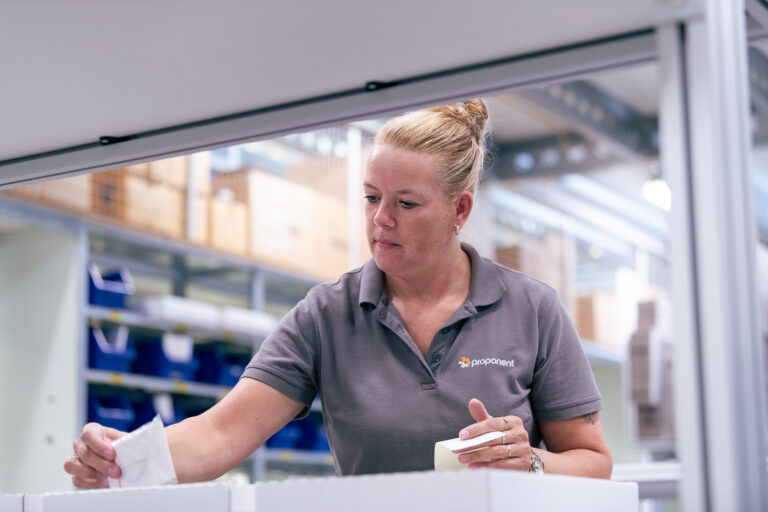The Maintenance, Repair and Operations (MRO) Industry includes parts, services, forecasting and more to ensure that an end product is always ready to perform when needed. The components of this industry cover preventative, corrective, and predictive maintenance to protect both the product and the consumer/business every step of the way. From dealing with borescope inspections and using historical data to predict needed maintenance, to acting quickly and accurately to AOG needs, MROs are vital to the success of aviation.
2018 was another successful year for the aviation industry as a whole, but did that trickle down to the aftermarket? The answer is decidedly, yes. Continued low fuel prices have allowed more profitable airlines to plan long-term maintenance more strategically, and strong passenger and cargo demand means older aircraft have continued flying. All of this adds up to a healthier, more stable MRO sector, which supports roughly 26,000 commercial aircraft.
Below are some of the bright spots in the MRO industry for 2018:
- Higher-value service contracts showed the aftermarket is heating up. While air shows are usually dominated by new aircraft and engine orders, a handful of large-service contract announcements captured the attention of the industry and showed how important the aftermarket is becoming. Boeing announced almost $1 billion in service orders at the Singapore Airshow and $2.1 billion at Farnborough. CFM closed two $1 billion contracts that included service agreements — with Gulf Air and SaudiGulf Airlines — at the Bahrain International Air Show.
- At the tail-end of a busy year in the aftermarket, the MRO industry saw a flurry of investment activity from service companies looking to expand their breadth and depth, as well as some significant investments from private equity groups normally focused on innovation. It’s possible this influence could push the MRO industry into even more innovative business and technology practices in the years to come.
- 2018 saw great strides in data scientists and analysts using data to increase the predictability and efficiency of the MRO market. Airbus’s Skywise platform expanded its reach with suppliers. Lufthansa Technik’s AVIATAR platform showed strong growth: adding partners, apps, and customers over the past year. And Uptake helped Rolls-Royce explore new efficiencies for optimizing its Trent engine fleet performance with machine learning. These technologies will continue to flourish and expand the industry as they become more regularly included.
- To increase efficiency and decrease AOG time, more and more companies are shifting to on-condition maintenance programs, and more repairs are happening on-wing. A win for all involved in the business of aviation.
- More MROs are expected to offer customized work scopes in an effort to balance value and costs across the life cycles of aircrafts and parts. This will continue to improve the quality of work and personalized components of MROs.
- Following in the footsteps of the rest of the aviation industry, MROs and airlines continued their march toward paperless operations and full digitization by implementing some promising tools and solutions in 2018. MROs are ready to do their part for the efficiency and eco-friendliness of their work.
- Whether through partnerships, mergers and acquisitions, or through the use of cutting-edge technologies, aftermarket supply chains continued to become more agile and efficient.
- As we’ve covered over the past year, many exciting additive manufacturing/3D printing projects and partnerships commenced. These projects may lead to the future of aircraft machinery.
- MRO companies explored more innovative technologies, including smart inspection tools like NDT, machine learning for predictive analytics, and augmented reality training and education, giving mechanics more information and informed guidance at the point of work for both repairs and production. This can create a more knowledgeable, meticulous industry, which will then cultivate consumer trust and enlarge the industry as a whole.
While the market has been very kind to MROs over the past few years, the strides that the industry has made in that time wouldn’t be possible without the passionate, hardworking teams that insist on continual improvements in safety, reliability, technology and customer service. We are proud to be a part of such an exciting and innovative community, and we look forward to seeing what 2019 holds for the aviation aftermarket.
https://www.proponent.com/aerospace-innovations-2018/
Predictive vs Prescriptive Analytics: What Is the Difference?

